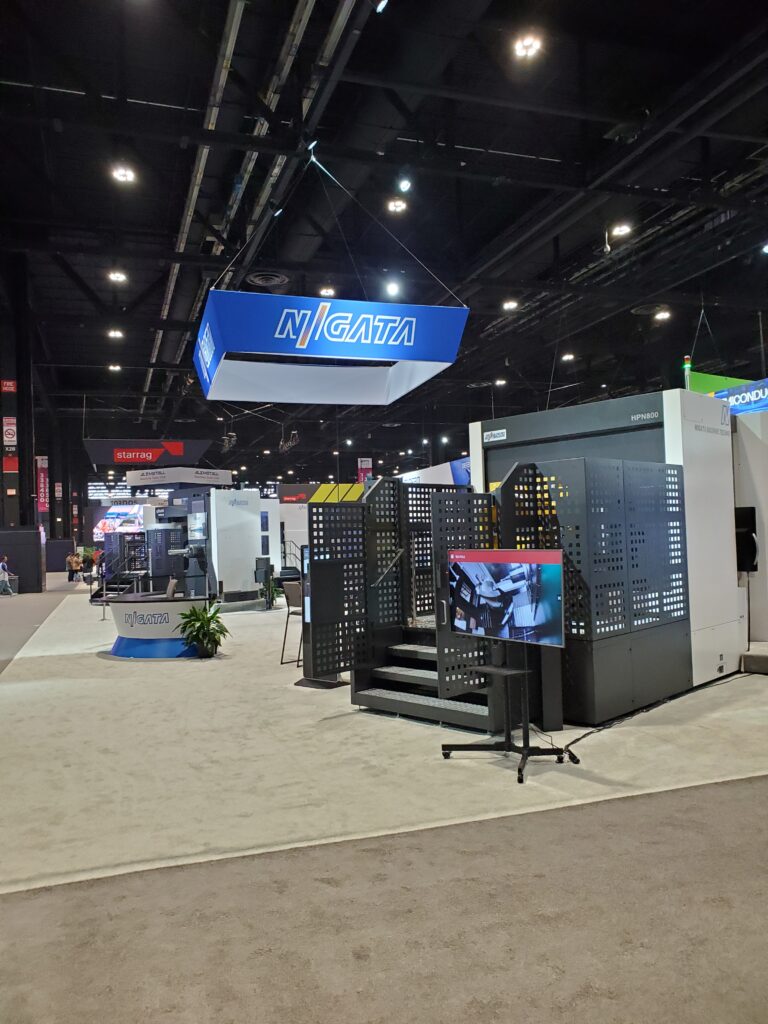[vc_row][vc_column width=”5/6″][vc_column_text]Magistrate Judge Johnston has instituted a whole new regime for default judgments. Judge Johnston’s requirements are more burdensome than those previously employed by Magistrate Judge Mahoney. Plaintiff’s counsel should be aware of these new requirements, and scrupulously follow Judge Johnston’s Standing Order. If you don’t follow the Standing Order, your default judgment will be needlessly delayed, and you will undoubtedly antagonize the Court.[/vc_column_text][vc_column_text]First thing you should know: Getting a default judgment is a two-step process.
I. If defendant has failed to appear and the deadline for a responsive pleading has past, you must file a “Motion for Entry of Default.”
II. Once default has been entered, and the 14 day window for objections has past under Rule 72, then you must file a “Motion for Entry of Default Judgment in a Sum Certain” (unless you need a hearing to prove-up your judgment amount).
[/vc_column_text][vc_column_text]It is no longer sufficient to appear at a status conference and orally move for entry of a default, as had been the practice with Judge Mahoney. The Standing Order: visit http://www.ilnd.uscourts.gov/home/JudgeInfo.aspx and click on “Default Judgments.”
Note: The motion for entry of default must be supported by an affidavit or declaration showing that the defaulting party: (1) is not an infant, in the military, or incompetent; (2) has failed to plead or otherwise defend the action; and (3) has been properly served. The judge does allow you to recite these facts within your motion, thereby avoiding the necessity of a standalone declaration.
If you won’t know the full extent of your damages without some discovery, you may consider including a proposed turnover order with your motion for entry of default.
If everything is in order, the Magistrate Judge will enter a report and recommendation (“R&R”) to the District Judge, recommending that default be entered. If you included a proposed turnover order, the R&R will recommend that it be issued as well.
The defendant has two weeks to file objections to the R&R. The District Judge will likely grant it in whole, if there are no valid objections. If you get a turnover order entered with your entry of default, you will need to serve that on defendant yourself (since defendant has failed to appear, it won’t get notice through CM/ECF). In order to prove service of the turnover order (which will be required if you need to compel defendant to comply with it), you should consider serving the turnover order by regular and certified mail to the address that defendant was originally served at.
Once defendant has been defaulted, and you have enough information to calculate your damages, you are ready to file a motion for default judgment in a sum certain. If the amount of your damages is known with certainty, you may bypass the judge under Rule 55(b)(1) and have the clerk enter judgment by filing a proposed judgment and affidavit. If there is any element of estimating, or “spit balling” the amount of your proposed judgment, you will need to file the motion before the Judge under Rule 55(b)(2), which requires compliance with the Standing Order, as described below.
Note: Per the Standing Order, you must serve Rule 55(b)(2) motions, exhibits, and notice of presentment at least seven days prior to the motion hearing. Service must be by regular and certified mail to the address that defendant was originally served at. The “green card” proving service by registered mail is to be filed with the court.
The motion must be supported by: (1) a copy of the order entering default; (2) supporting affidavits/declarations; and (3) a proposed judgment. The proposed judgment should also be emailed to the Judge in Word format at his “proposed orders” email address: Proposed_Order_Johnston@ilnd.uscourts.gov.
If defendant fails to contest your motion, another R&R will issue, and after the two week period for objection runs, the District Court should enter judgment. Once that happens, you can issue citations to discover assets, and enter the post-judgment collection phase.
Note: If your certified mailing of the motion and notice of presentment gets returned to sender unclaimed, the judge may question your ability to get a default for lack of adequate notice. In that case, cite Rule 5(a)(2)(“No service is required on a party who is in default for failing to appear.”), and demonstrate how you have complied with the Standing Order in every respect. Under those circumstances, the Court should allow you to proceed to get a judgment, despite the possible lack of notice.[/vc_column_text][vc_column_text]If the Court refused to allow you to proceed under those circumstances, which is unlikely, The Illinois Business Corporations Act provides that the Secretary of State can be substituted for the registered agent of the corporation, when the registered agent cannot be found at its registered office.
(a) Any process, notice, or demand … to be served on a domestic corporation … may be served either upon the registered appointed by the corporation or upon the Secretary of State as provided in this Section.
(b) The Secretary of State shall be irrevocably appointed as an agent of a domestic corporation … having authority upon whom any process, notice, or demand may be served: …. (2) Whenever the corporation’s registered agent cannot with reasonable diligence be found at the registered office in this State.
[/vc_column_text][vc_column_text]805 ILCS 5/5.25. Resort to this statute should not be necessary as long as you have scrupulously followed the Standing Order.
Defendants that attempt to begin litigating the case after they have been defaulted create unique challenges. Although the factual allegations of the complaint are presumed true once default has entered, defendant may still contest the amount of damages claimed.
– Whether by hearing or otherwise, the party seeking the default judgment bears the burden of proving an entitlement to it. Although the entry of default deprives the defendant of the right to contest most of the complaint’s factual allegations, the defendant may contest the amount of damages. Thus, all the well-pleaded facts in the complaint . . . are presumed true, but the moving party must prove damages. In doing so, however, all reasonable inferences from the evidence are drawn in the moving party’s favor.
Steven Baicker–Mckee, William Janssen, and John Corr, Federal Civil Rules Handbook, at 1105 (2012). Under these circumstances, you’ll want to avoid any re-litigation of the facts, and focus exclusively on the damages available.[/vc_column_text][/vc_column][vc_column width=”1/6″][/vc_column][/vc_row]





